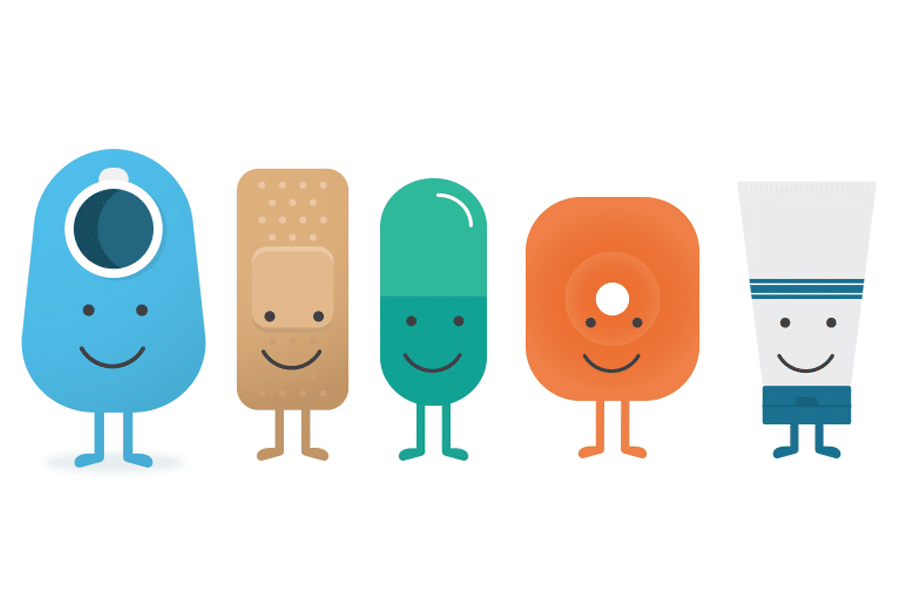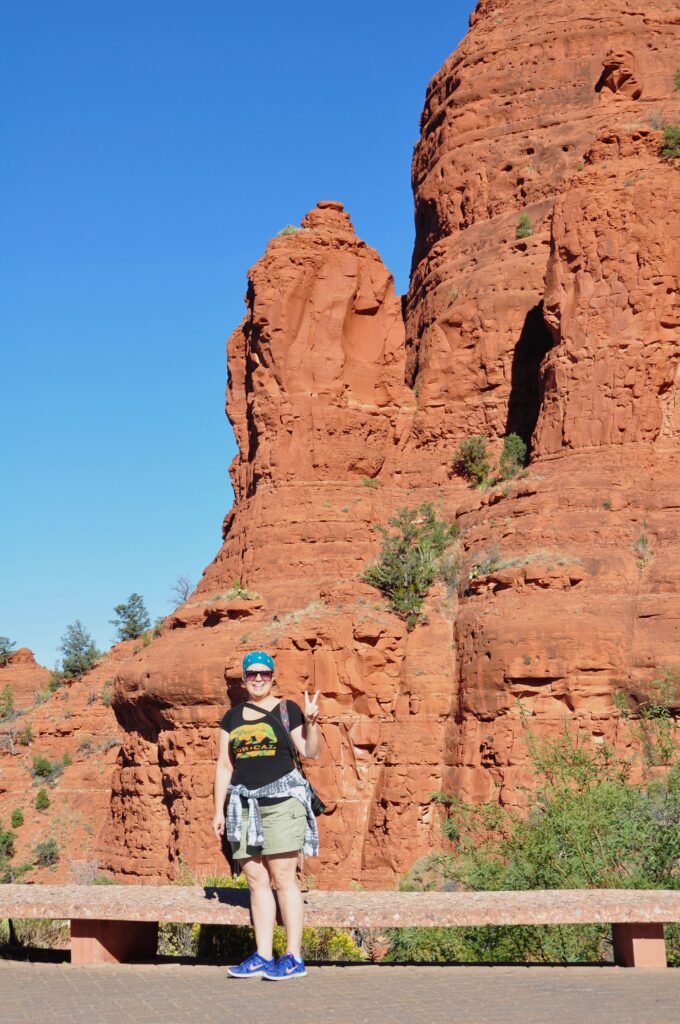As cervical cancer survivors, our bodies undergo very traumatic changes. Chemotherapies. Radiation therapies. Hysterectomies. Biopsies. We also live with lasting side effects that continue to wreak havoc on our bodies and emotional well-being.

Ten months after my cervical cancer diagnosis and radical hysterectomy, I faced an unfamiliar surgery — a pelvic exenteration. At this point, I didn’t feel like I had a choice. My cancer had metastasized and this was my only option. The choice was made for me.
A pelvic exenteration is the removal of the vagina (I opted for no vaginal reconstruction), bladder, urethra, rectum and part of the colon. I was left with a colostomy (I call Ethel) and a urostomy (I call Fred).
What is an ostomy?
Colostomy = An opening in the abdominal wall in which the end of the colon is brought through the opening to form a stoma. The stoma looks like the lining of your cheek. Unlike the anus, the stoma does not have a shut-off muscle so I cannot control when I go (or the sounds that emit from my stoma – and yes, it farts).
Urostomy (Ileal conduit) = Uses a section of the bowel, surgically removed from the digestive tract and repositioned to serve as a conduit for urine from the ureters to a stoma. One end of the conduit attaches to the ureters and the other end, in my case, to the second stoma.
I have bags that attach to appliances (adhesive patches with plastic ring openings) that collect my waste. In the ostomy world, I am a ‘double bagger’.
Getting used to foreign objects attached to your body where waste pours out of is challenging to say the least. It was downright overwhelming at first. I cried every time I had to change my appliances and bags, which was every other day in the beginning. I felt helpless and angry. But as I physically healed things started getting easier and my frustration level decreased. I learned the best time for changing my bags, I learned what foods did and didn’t work with my ostomies and I learned there’s a whole online community for ostomy support and care.

I also decided that since I was still here I wasn’t going to let my ostomies or my cancer dictate how I was going to live my life. I slowly went back to doing the things I always loved: hiking, swimming, traveling and Jazzercising. Taking back parts of my life was empowering and I felt strong again. Being able to still be me, to do the things that made me feel “normal”, helped me accept my changed body.

Most days my ostomies are unremarkable, just another body part. But I am keenly aware that my cervical cancer took away parts that gave me my womanhood and that I now redefine what it means to be a woman, a true Cervivor and someone who lives for more sunny days.
There are other women in our Cervivor community who are living and thriving with ostomies. If you are facing an ostomy surgery please know that you are not alone and that you have resources. We are here for you.
Carol is our Lead Cervivor Ambassador and manages our Cervivor Meet Up program. She lives in Northern California where she raised two amazing kids and hikes with her husband and their fur baby Ace. Carol & Cervivor have put together a helpful guide for those undergoing ostomy surgery. Click here to view.